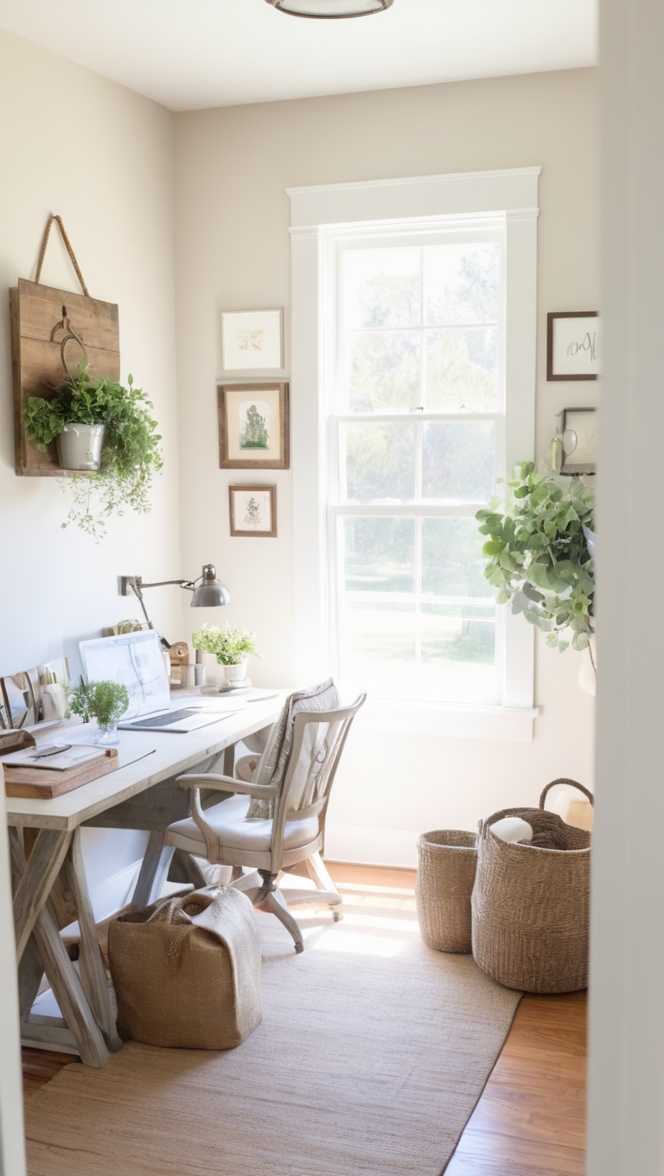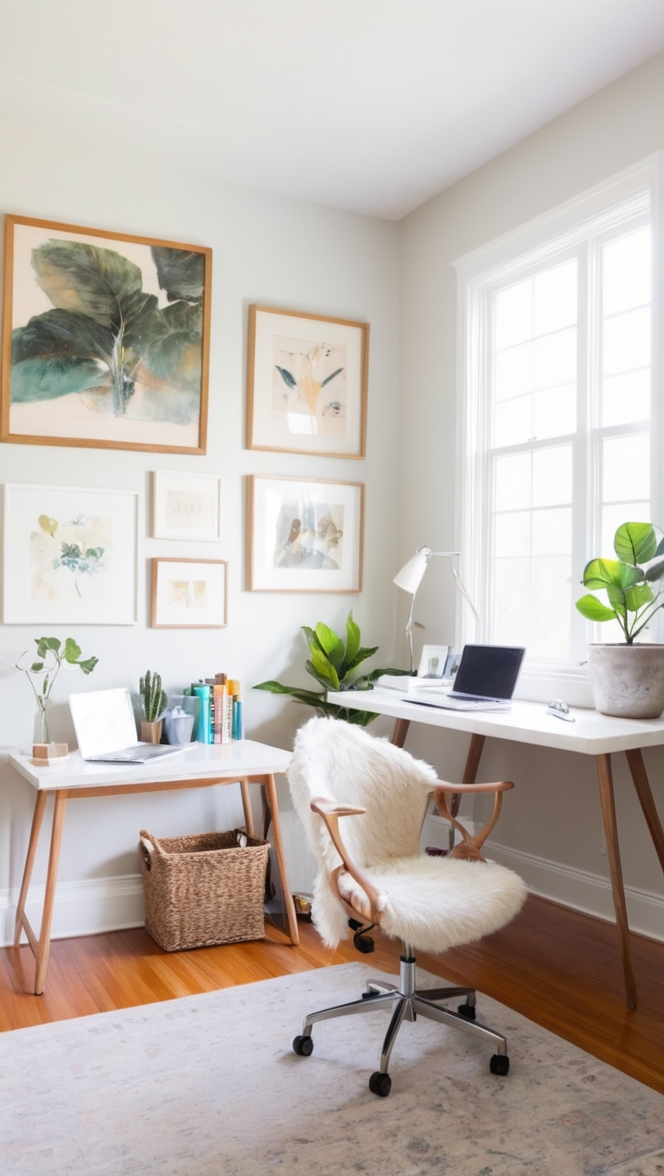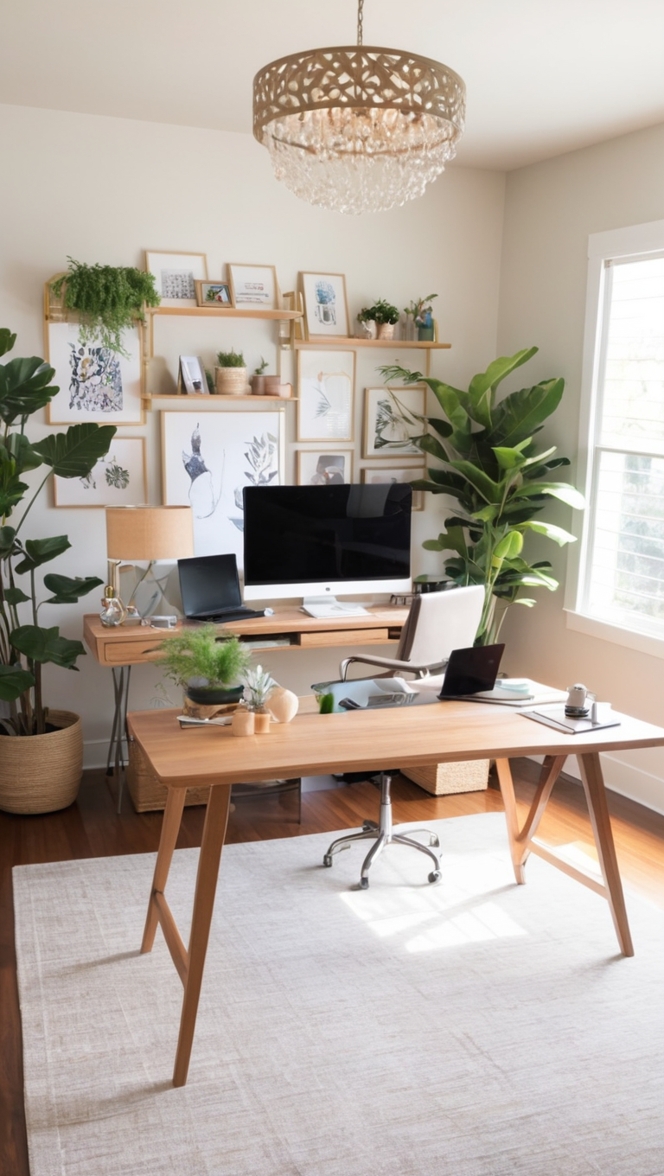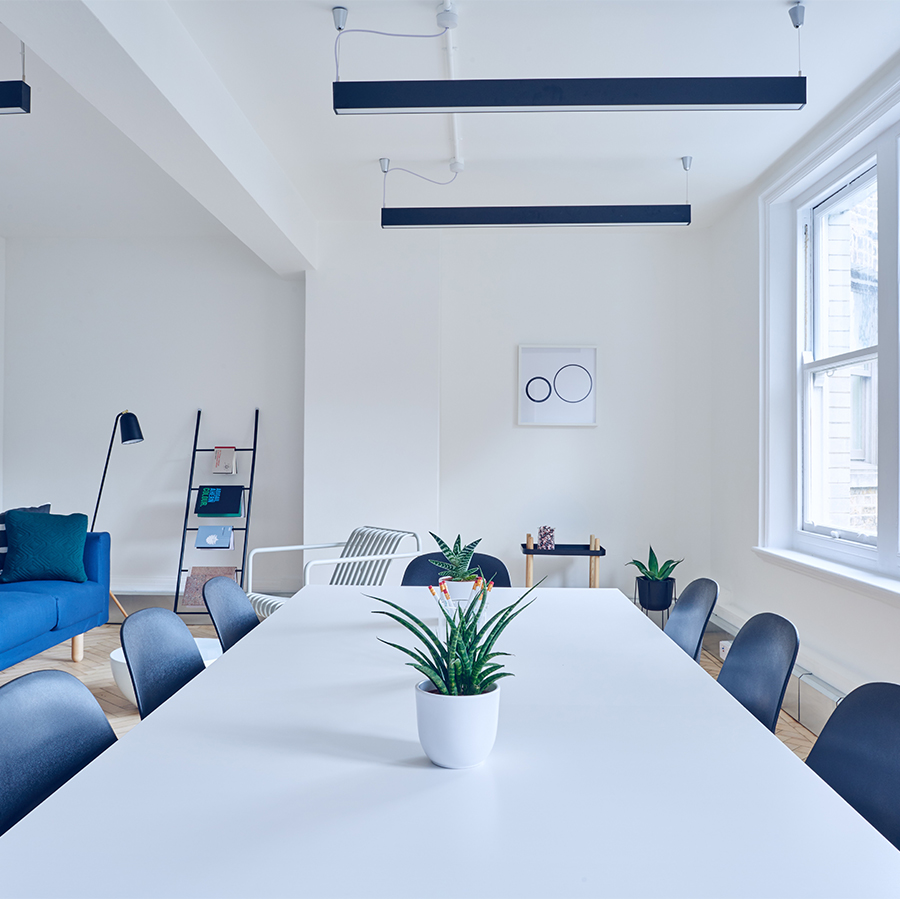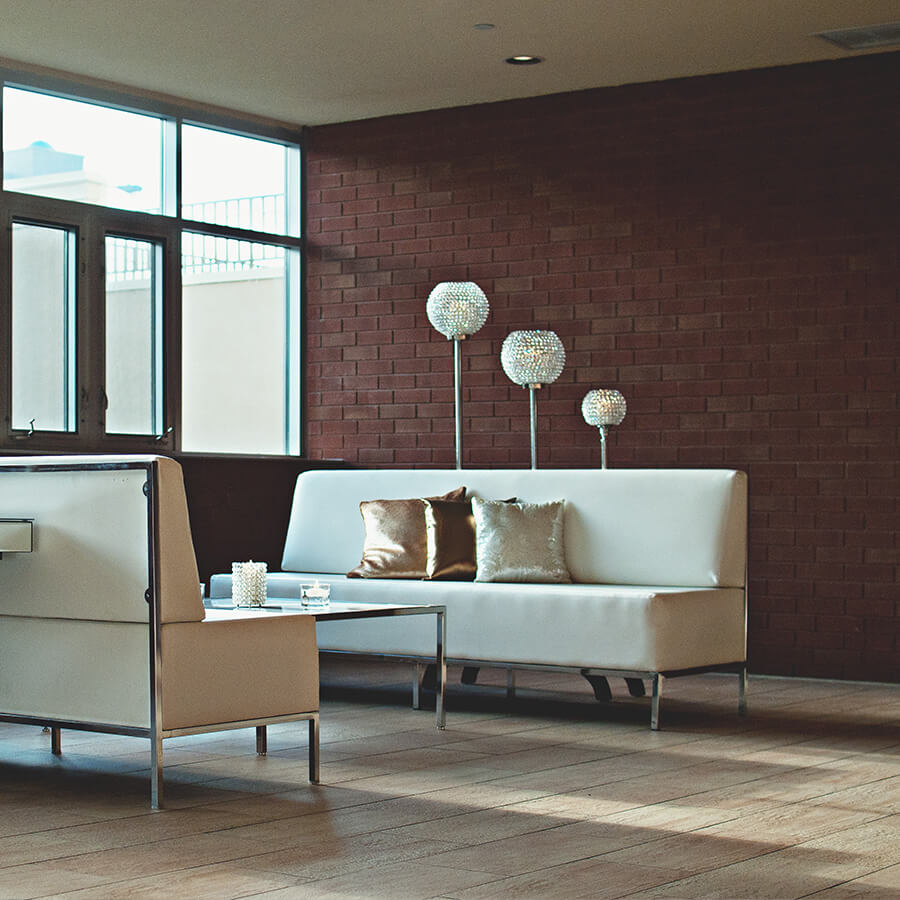Discover the tips on selecting the ideal countertop color to elevate your kitchen design. Find your perfect hue and create a stunning culinary space.
In order to choose the right countertop color for your kitchen, you need to consider a few key factors. Begin by examining the style and color scheme of your kitchen cabinets and flooring. Choose a countertop color that complements these elements rather than clashes with them. Additionally, take into account the natural lighting in your kitchen as it can affect how colors appear. Consider the size of your kitchen and whether you want the countertop color to create a focal point or blend in seamlessly. Finally, don’t forget to think about your personal preferences and how the color will make you feel in the space.
Choosing the Right Countertop Color for Your Kitchen
When it comes to designing your kitchen, selecting the perfect countertop color is a crucial decision. The color of your countertops can significantly impact the overall look and feel of your kitchen. To help you find the perfect hue that complements your kitchen design, consider the following factors.
Firstly, think about the existing color scheme of your kitchen. If you have cabinets, appliances, or walls in bold colors, opting for a neutral countertop color like white, gray, or beige can create a balanced look. Neutral colors are versatile and can easily blend with various design styles.
Consider the size of your kitchen as well. In smaller kitchens, lighter countertop colors can help make the space appear larger and more airy. On the other hand, in larger kitchens, you have more flexibility to experiment with bolder colors like navy blue, emerald green, or even black.
Think about the amount of natural light your kitchen receives. Natural light can influence how colors appear in a space. If your kitchen gets a lot of natural light, you may opt for warmer countertop colors like cream or light wood tones. For kitchens with limited light, brighter countertop colors can help reflect light and make the space feel brighter.
Consider the overall aesthetic you want to achieve in your kitchen. If you aim for a modern and sleek look, you may choose a monochromatic countertop color that matches your cabinets and appliances. Mixing different countertop colors can also create a stylish and dynamic look, especially in kitchens with islands or separate food prep areas.
Choosing a neutral countertop color for your kitchen offers several benefits. Neutral colors are timeless and can easily adapt to changing design trends. They also provide a versatile backdrop for introducing colorful kitchen accessories, such as rugs, curtains, or decorative items. Additionally, neutral countertop colors can appeal to a broader range of potential homebuyers if you plan to sell your home in the future.
While selecting a bold countertop color can add personality and flair to your kitchen, there are some risks to consider. Bold colors may quickly go out of style, requiring you to update your countertops sooner than expected. They can also be challenging to coordinate with other elements in your kitchen. If you choose a bold countertop color, make sure it harmonizes with your existing design elements and won’t clash with future updates.
To ensure that the countertop color you choose enhances the visual appeal of your kitchen, follow these steps:
1. Start by gathering inspiration from interior design magazines, websites, or social media platforms to explore different countertop colors and styles.
2. Create a mood board or collage of images that reflect your preferred color palette and design aesthetic.
3. Visit local home improvement stores or countertop showrooms to view samples of different countertop colors in person. Consider bringing swatches or photos of your kitchen’s existing elements for reference.
4. Narrow down your choices to a few countertop colors that you think will work well in your kitchen. Consider how each color complements your cabinets, flooring, and wall colors.
5. Ask for samples or small pieces of your preferred countertop colors to take home and test in your kitchen. Place the samples in different lighting conditions to see how they look throughout the day.
6. Seek feedback from family members or friends to get their opinions on the countertop colors you’re considering. They may offer valuable insights that you hadn’t considered.
7. Once you’ve selected a countertop color, ensure that it coordinates with the rest of your kitchen’s design elements. Consider how the color will blend with your backsplash, flooring, and overall decor scheme.
In conclusion, choosing the right countertop color for your kitchen is a significant decision that can enhance the beauty and functionality of your space. By considering factors such as your kitchen’s existing color scheme, size, natural light, and overall aesthetic, you can select a countertop color that complements your design style and reflects your personal taste. Whether you prefer neutral tones, bold colors, or a mix of different hues, finding the perfect countertop color can transform your kitchen into a stylish and inviting space.


